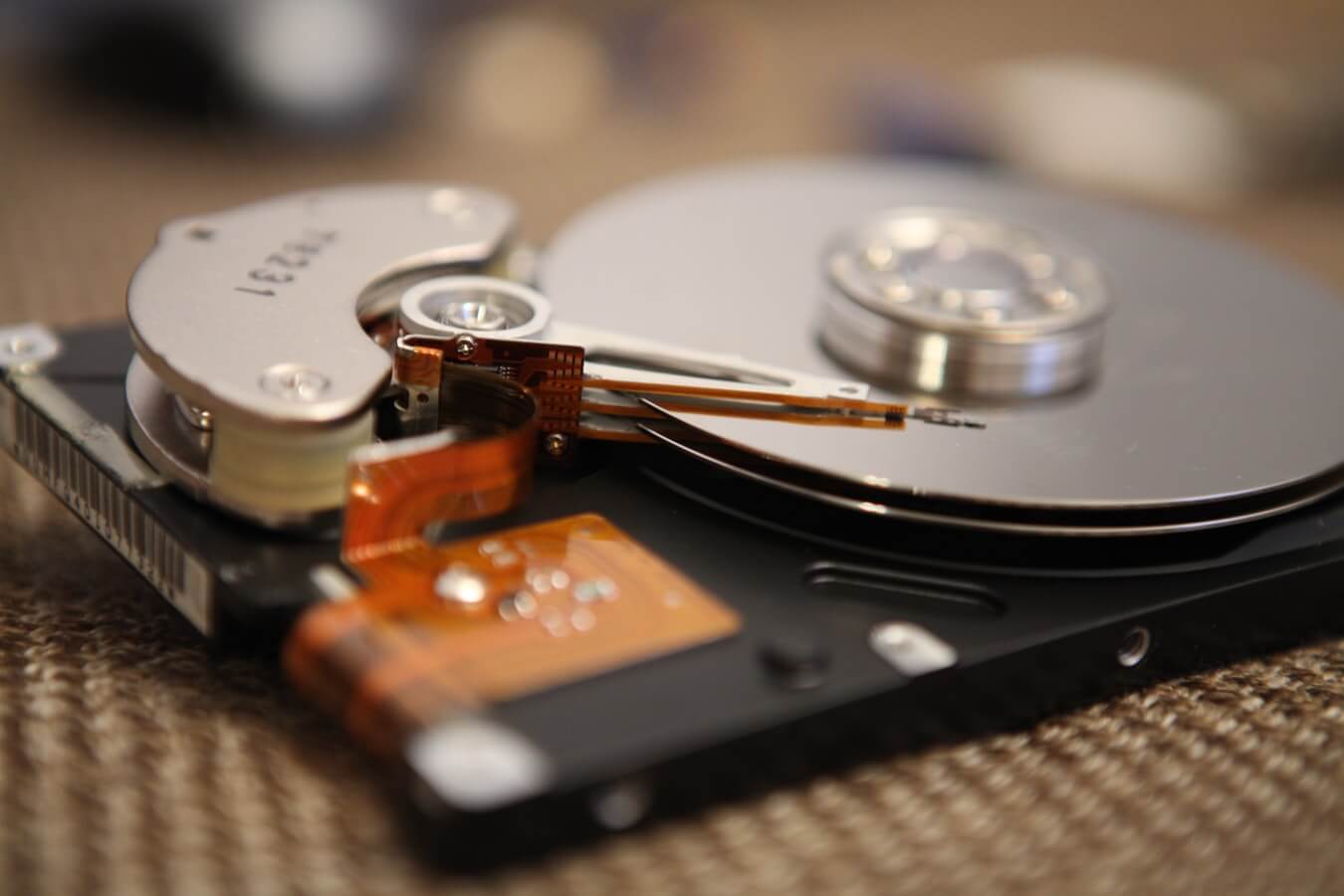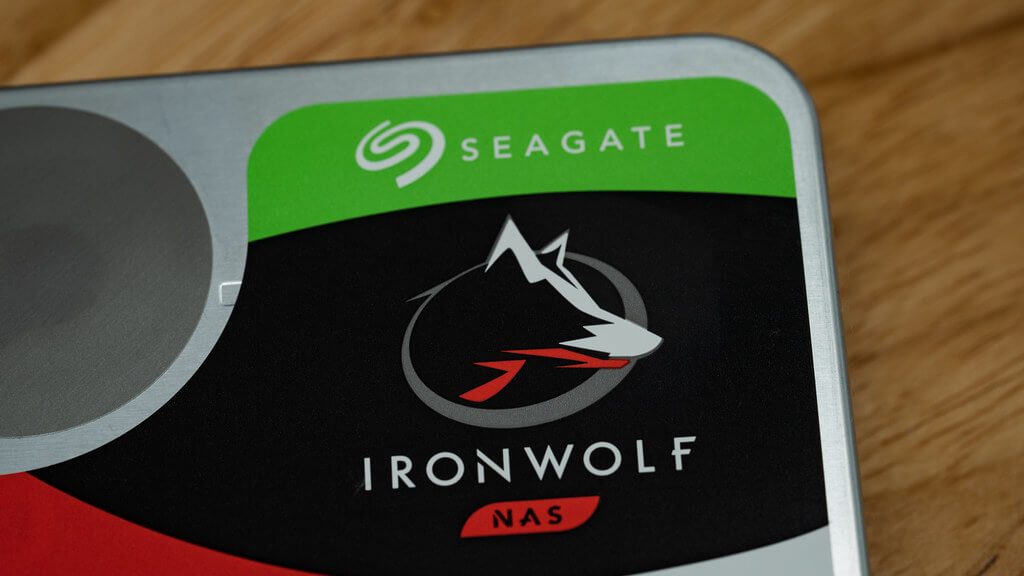Over the last 20 years, we’ve seen storage solutions evolve and change to the point where they’re almost unrecognisable from their storage ancestors. From the amount of storage you can have, through to the physical size, speed, heat and noise; it’s all changed and it’s seems to be getting better every cycle.
Hard Disk Drives – the storage solution that most of us know like the back of our hand. Physical spinning disks with layers of data accessed by a moving “head” that accesses the information as and when you need it. I felt as though I aged just writing that.

They’re considered by many to be the inferior storage of yesteryear. Low read speeds of just 250MB/s mean that load times will be slower than an SSD counterpart and their large form factor of 3.25” means your PC takes up more space.
Compared to modern M.2 SSD Storage like Seagate’s Firecuda 530, an HDD gets left behind in the dust in all categories except price/gb. The best M.2 Drives on the market come in a slimline form-factor that take up next to zero space, keeping your desktop nice and compact and there’s no moving parts. Perhaps best of all is their class leading speeds, with the best on the market reaching up to 7,300MB/s read speeds, over 29 times faster than their spinning disk grandparents.
The modern M.2 SSD delivers lightning fast load times. In our testing, the computer is on and ready to use, before the monitor has woken up and begins showing an image. It’s just that quick.
For many people, a single fast SSD is plenty. The SSD is plenty fast enough to keep up with workloads and bringing your PC to life in mere seconds. 500GB of SSD can be plenty to store your operating system – even windows 11 – and still leave plenty of room for program files and the family memories. The SSD will last the life of the PC and you’re unlikely to see any problems.
Serious Storage
However, for a more serious professional or hobby environment, a single storage solution is simply not good enough.
For professionals or active hobbyists, a distributed storage solution is the best approach to ensure that you have speed where it’s needed, and reliable high-capacity storage where you want it.
That’s why our professional systems that require serious storage capacity feature a high-performance M.2 storage for high-speed access to programs, and cache. For this, we like to use Seagate’s FireCuda 530. This M.2 drive is, from our testing, one of the best on the market in speed, reliability, price and support.
We pair it with terabytes of highly reliable HDD for dependable long-term, re-writeable, storage. Once again, Seagate is our pick with the highly reliable IronWolf Pro range. These HDDs are designed for NAS usage, but we put them in our workstations. NAS (network attached storage) is designed to be on 24/7 and sees more read and write operations than an SAS library making them perfect for a highly dependable storage option within our PCs.
Reliability where you need it
See, for professional environments where reliability is king, where losing data can literally be the difference between sink and swim – reliability and dependability is what really matters. Whether you’re a photographer bringing home terabytes of photos to upload to your PC, or a data scientist with tables upon tables, reading and re-writing terabytes of data – your data needs to be relied upon.
The IronWolf Pro range of storage that we opt for in our workstation, professional and hobby range of computers delivers this reliability by features an MTBF of 1.2million.
MTBF or Mean Time Between Failures is the measurement, in hours, of the average time before the system fails in some manner. The IronWolf Pro range of drives’ MTBF starts at 1.2million hours.
Around 130 years.
To say that these drives are as reliable as they come is an understatement, but to give an additional level of coverage, and to really put your mind at ease. Seagate includes 3 years of complimentary data recovery services with an industry-leading recovery rate of 95%. You don’t even need to register your drive.

But why a mechanical hard drive? Why not a very large SSD?
We’ve written about TBW, Total Bytes Written, before. It’s a measure of how durable a storage device will be. The TBW rating highlights how many Terabytes can be written to a storage, on average, before the storage begins to degrade. This is particularly relevant in SSDs, where the read-write operations on the silicon will slow degrade the device.
Consumer grade drives may have a low TBW rating of 150. Over your warranty period you can only reliably write 150TB of data to that drive before you might begin to experience a failure. Whilst 150TB of data might seem like a lot, it quickly disappears when you’re dealing with hundreds of gigabytes worth of data on the daily. Before long, you’re outside the operating range of the SSD and you may begin to experience data loss. IronWolf Pro Hard Drives as your primary “large” storage removes this potential danger.
But what about the FireCuda 530 M.2 if TBW limitation are a danger?
The FireCuda 530 M.2 SSD has a higher TBW rating than any other similar drive that we’ve seen on the market. The TBW ratings are so good that, you can upload directly to your Firecuda without a fear of reaching its limits.

The respectably sized 1TB FireCuda 530 (they go up to 4TB), features a TBW rating of 1275TB. Giving you the freedom to capture 700GB of photos, footage (or whatever your vice is) and upload it directly to the M.2 SSD every day for 5 years!
Taking a complete view of drive reliability like this allows you to have the freedom to transfer working files from your internal HDD storage, directly to your internal M.2 Storage and work with it on the faster drive if you’re limited by the speeds when working directly from the HDD. Transferring 50gb of files across the two would take approximately only 3.5 minutes.
For more information on how we build the perfect workstation for your requirements, get in touch with the team.






